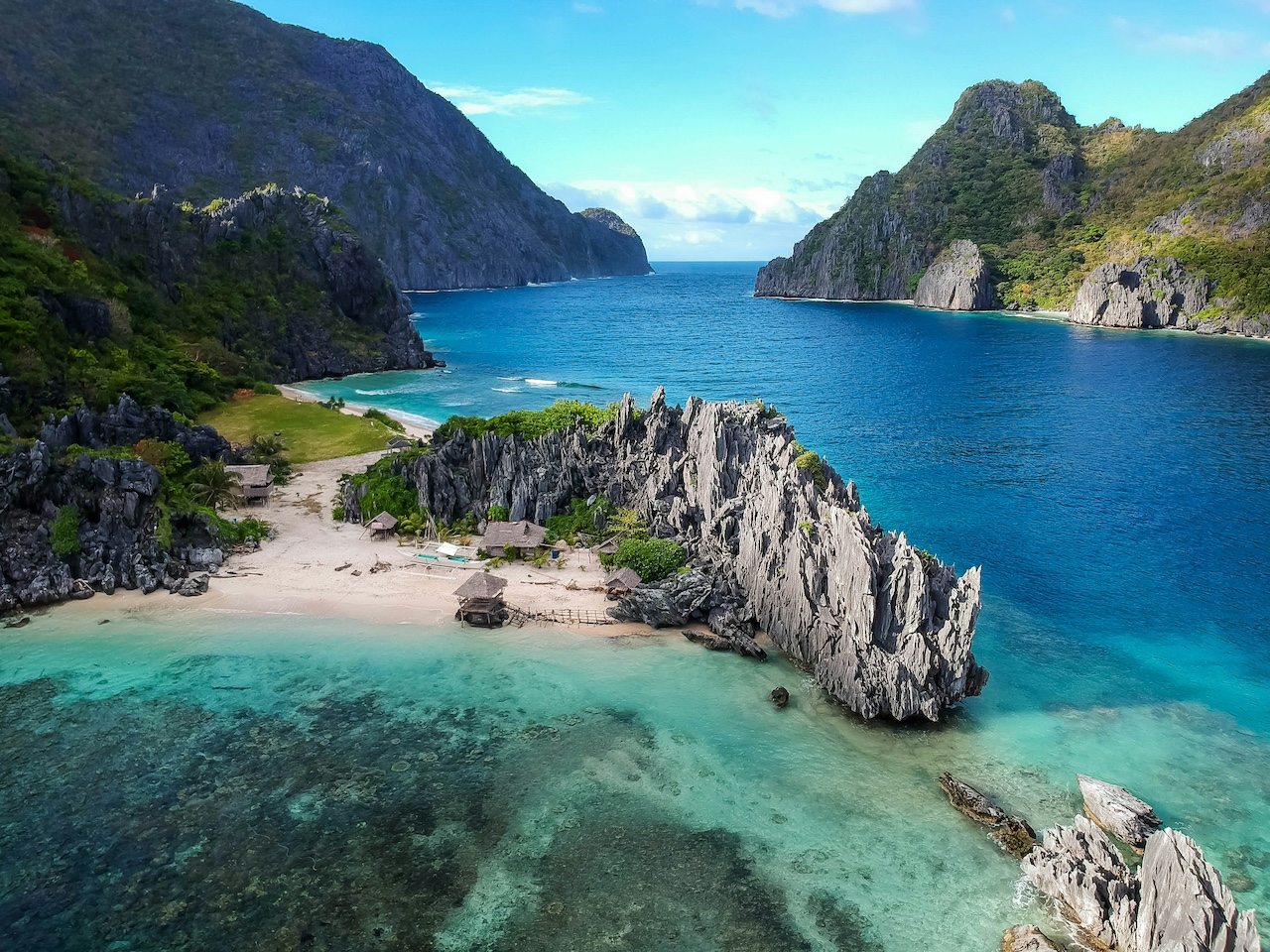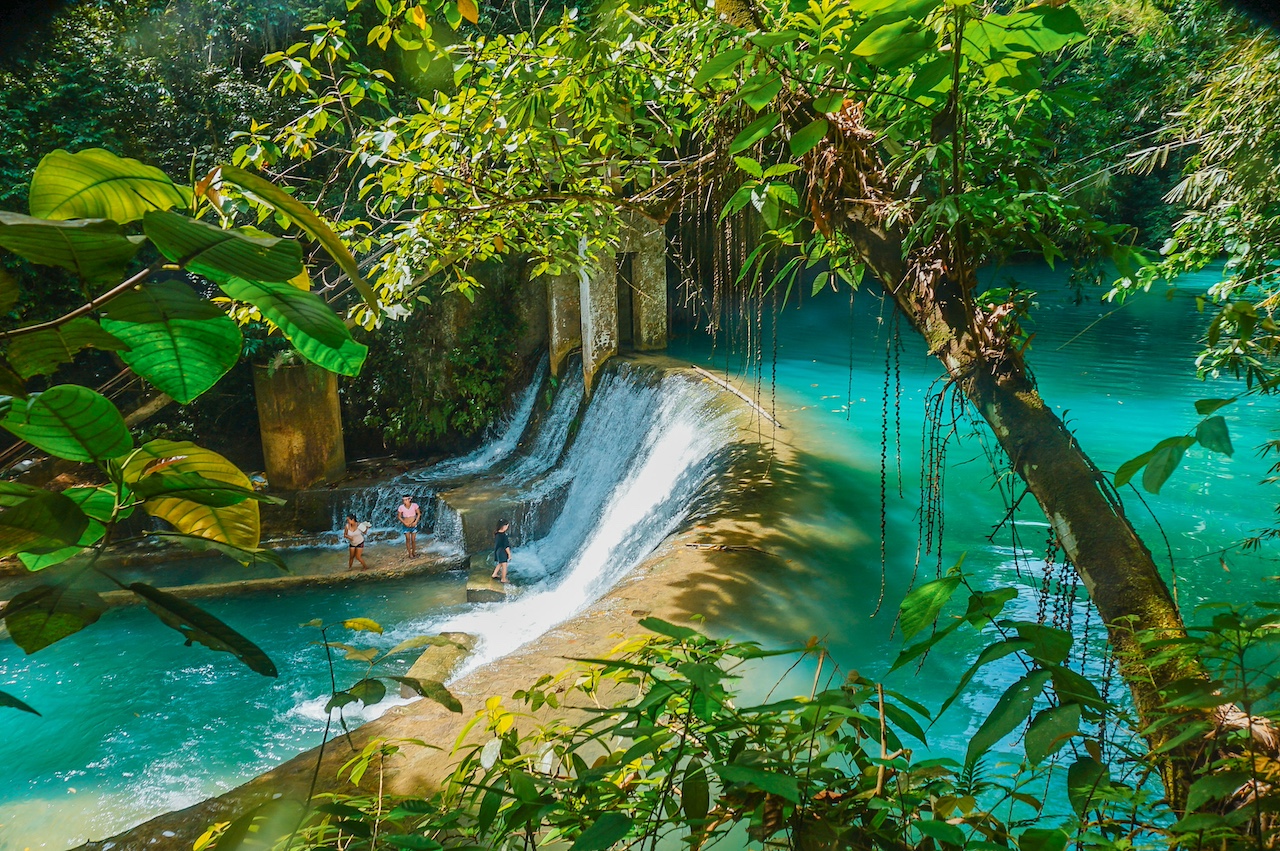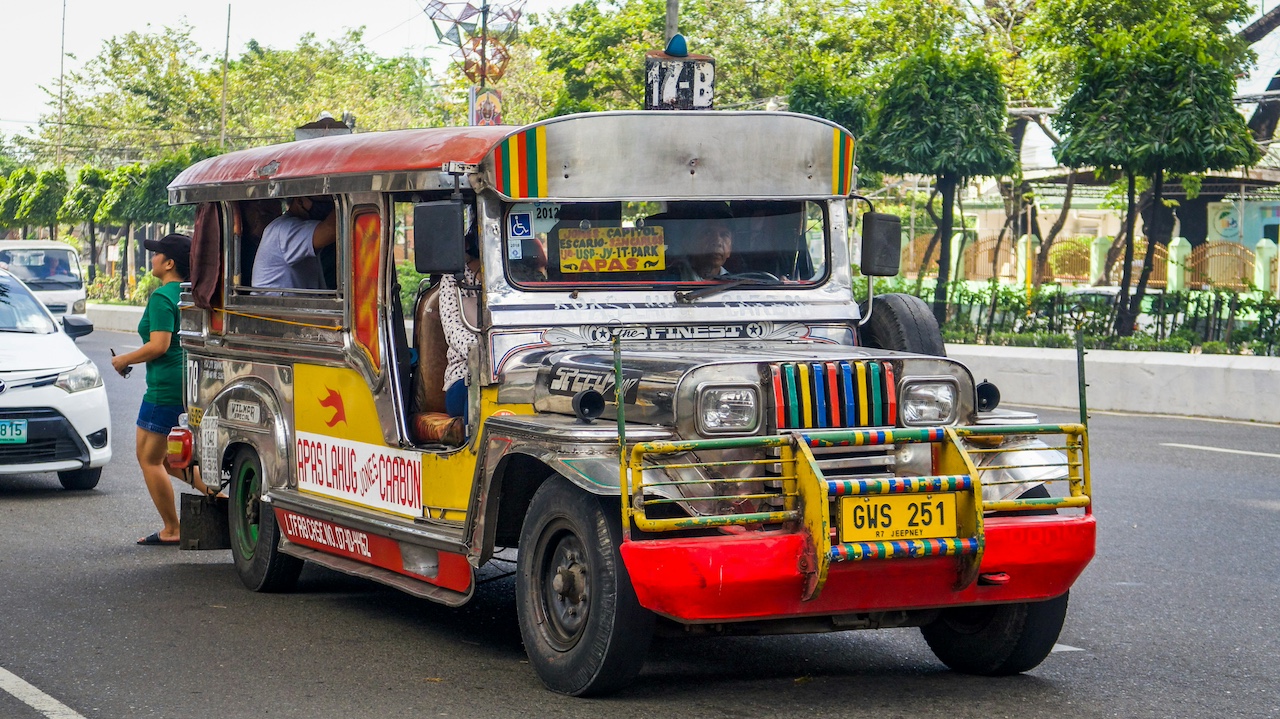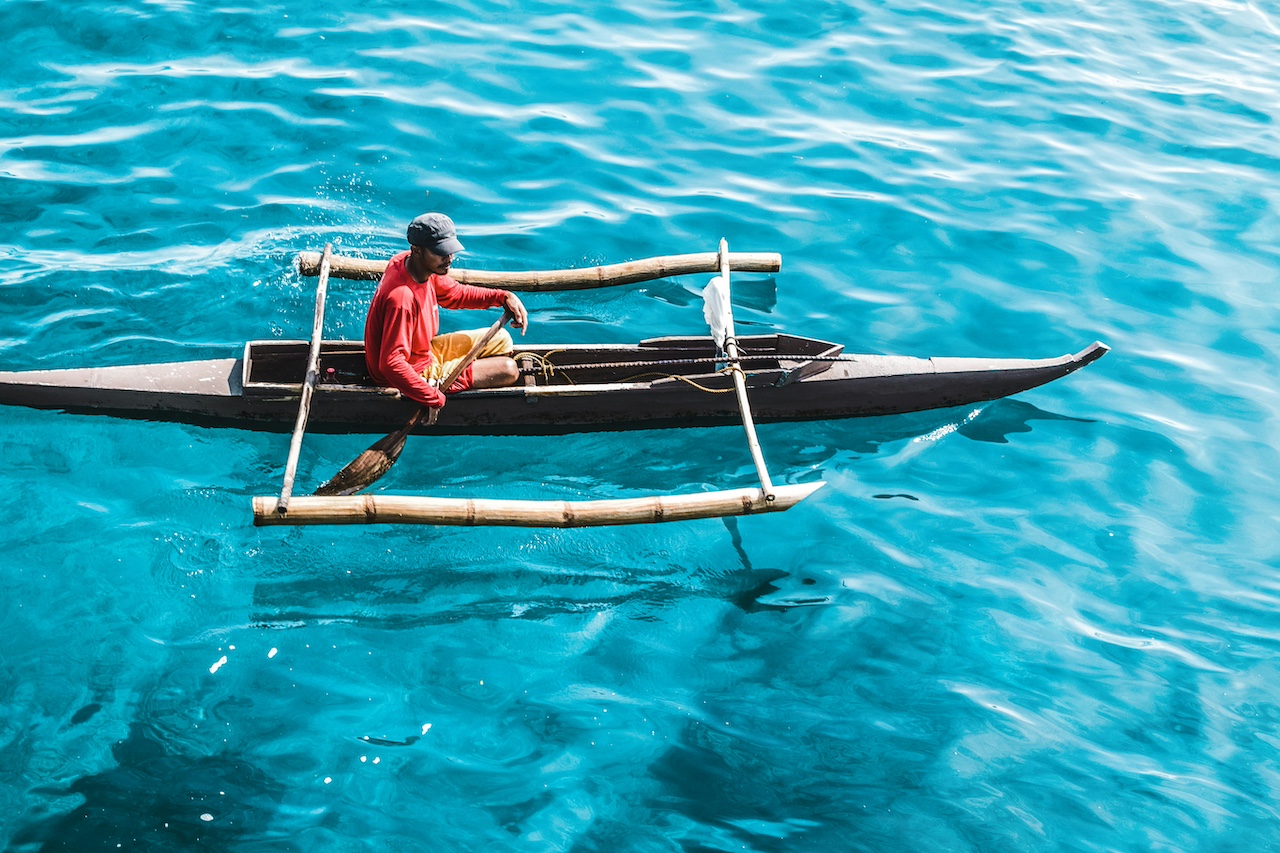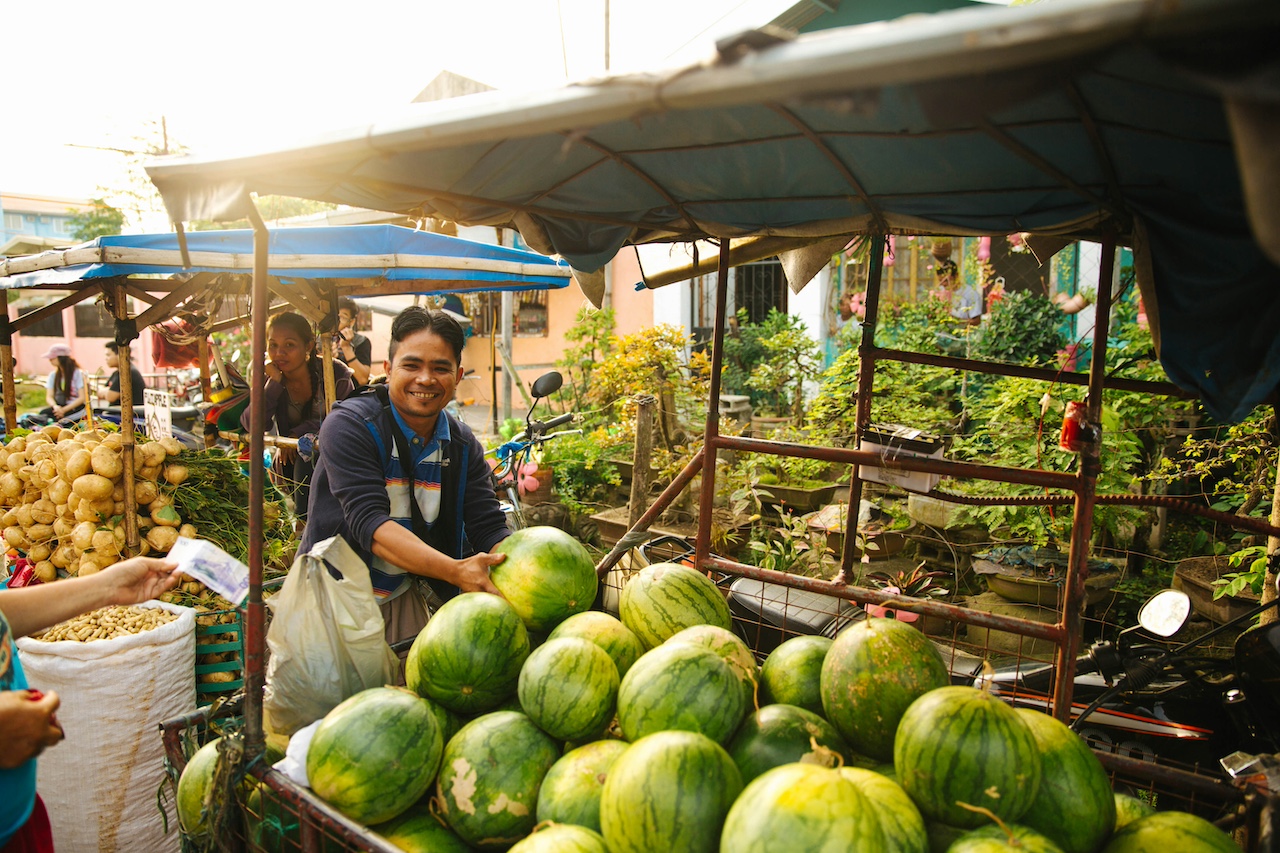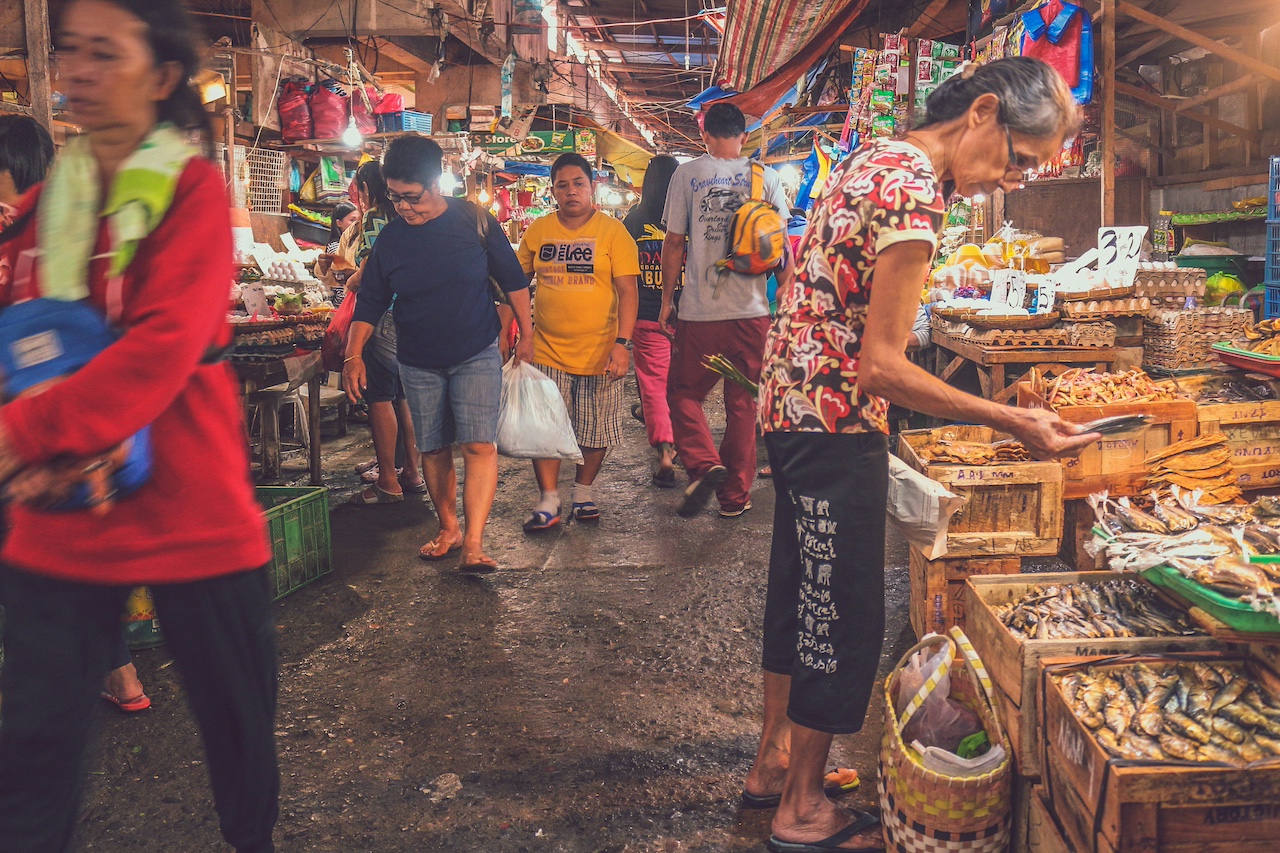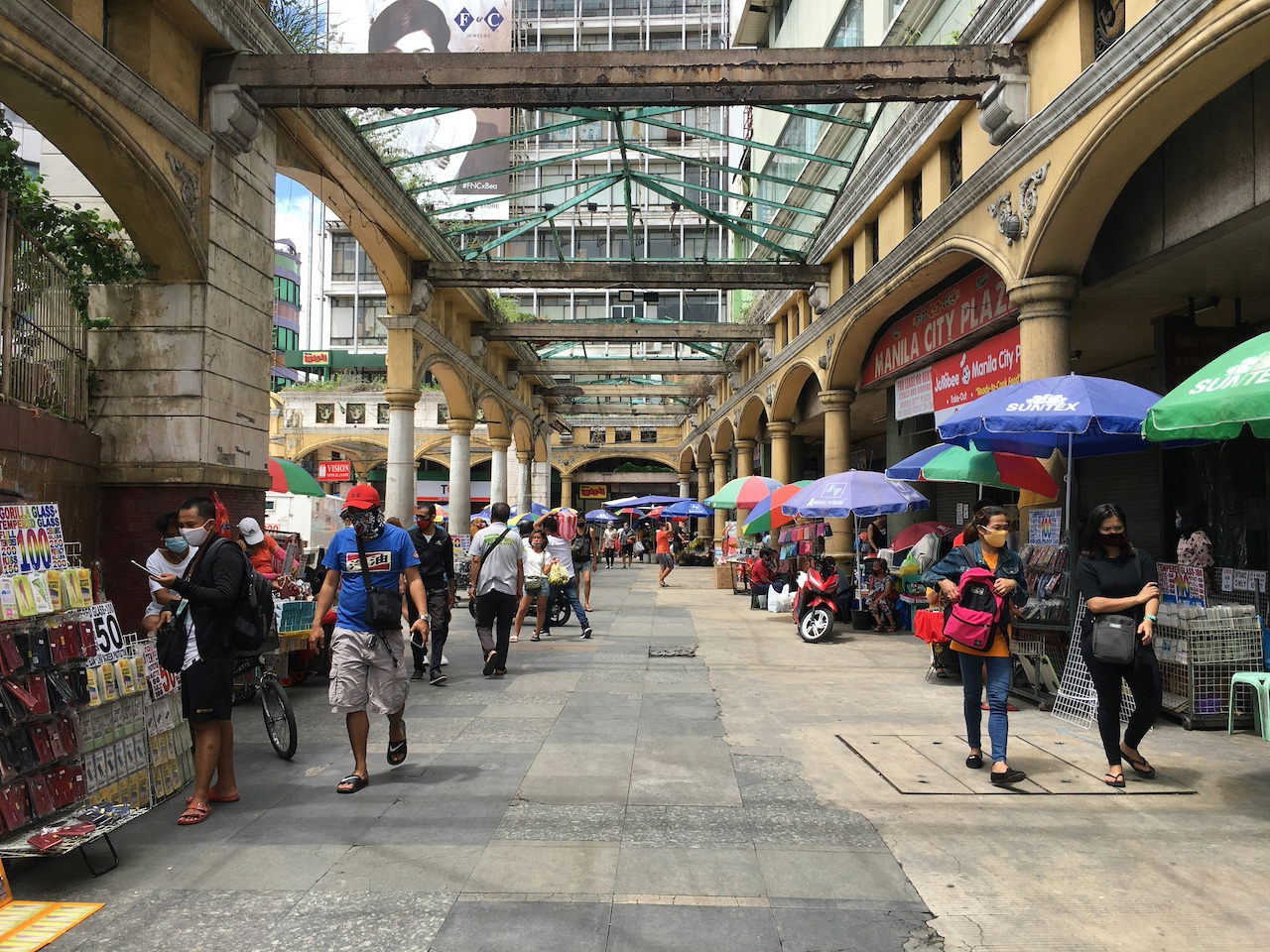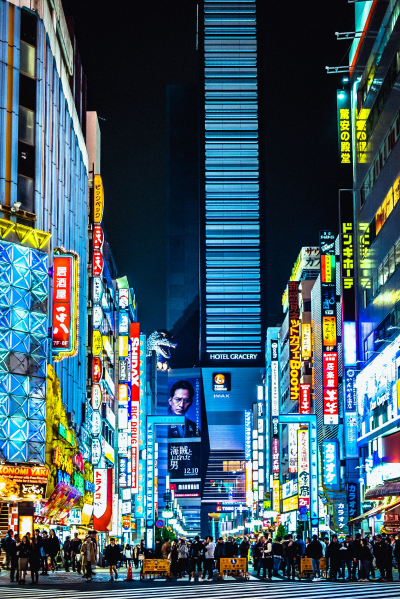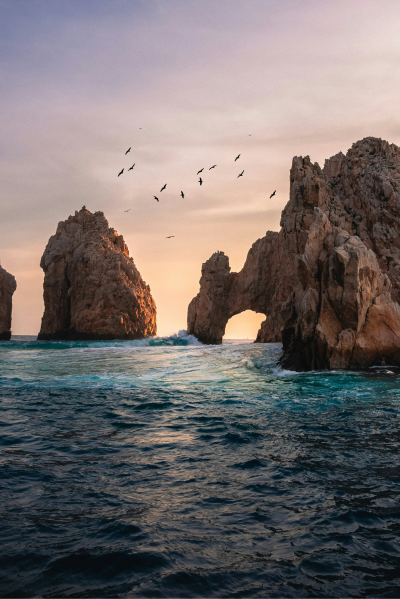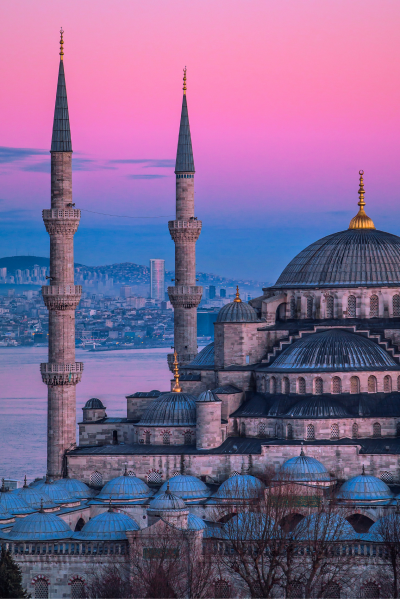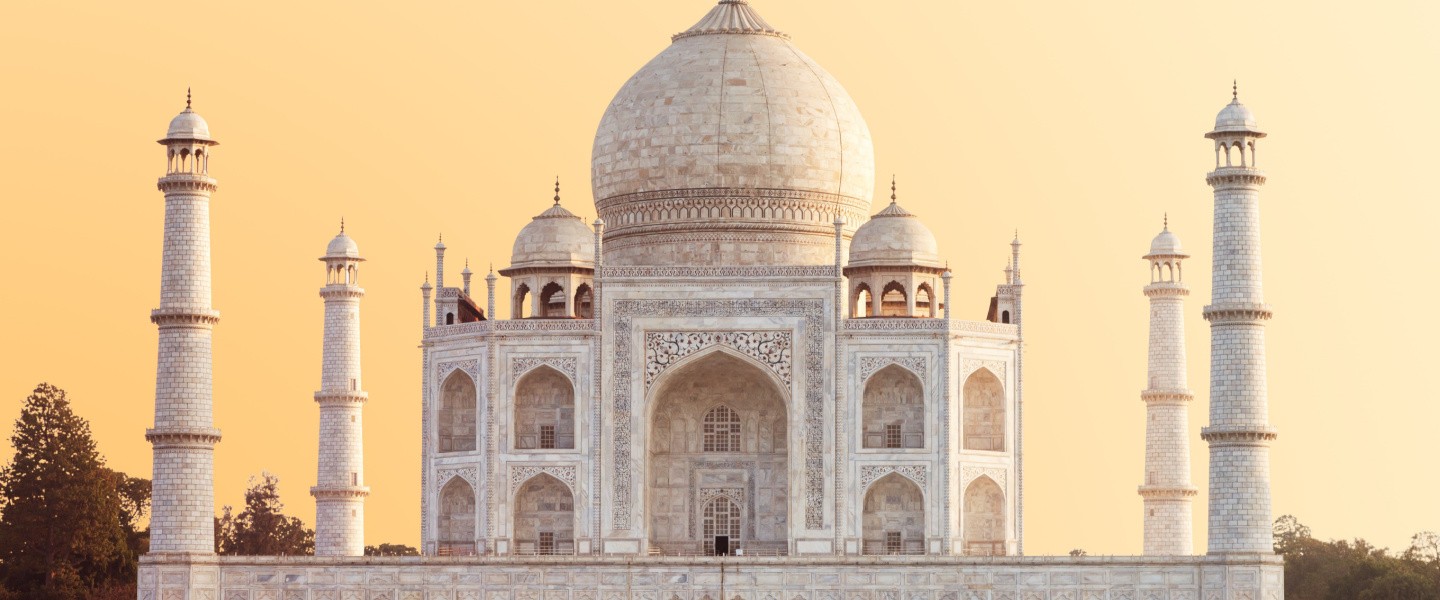Why choose the Philippines?
The Philippines is a Southeast Asian country in the western Pacific Ocean that includes more than 7,000 islands. With Manila as its capital, the country is known for its rich biodiversity and for its diverse cultural heritage, with influences from its indigenous roots, Spanish colonization, and American education and governance systems.
The Philippines has a strong educational system and one of the highest literacy rates in Asia. The country has a rich tradition of music, dance, and craftsmanship and is renowned for its stunning beaches and islands, each offering a variety of experiences from total relaxation to water sports and lively nightlife.
The warmth and hospitality of Filipinos are often highlighted as one of the country’s greatest treasures, along with the widespread use of English, which makes communication and navigation for tourists much more accessible.
The Philippines is also noted for its affordability, making it a great destination for budget travelers. Whether it’s for its culture, natural beauty, or the warm hospitality, the Philippines presents a compelling case for being on your bucket list.

